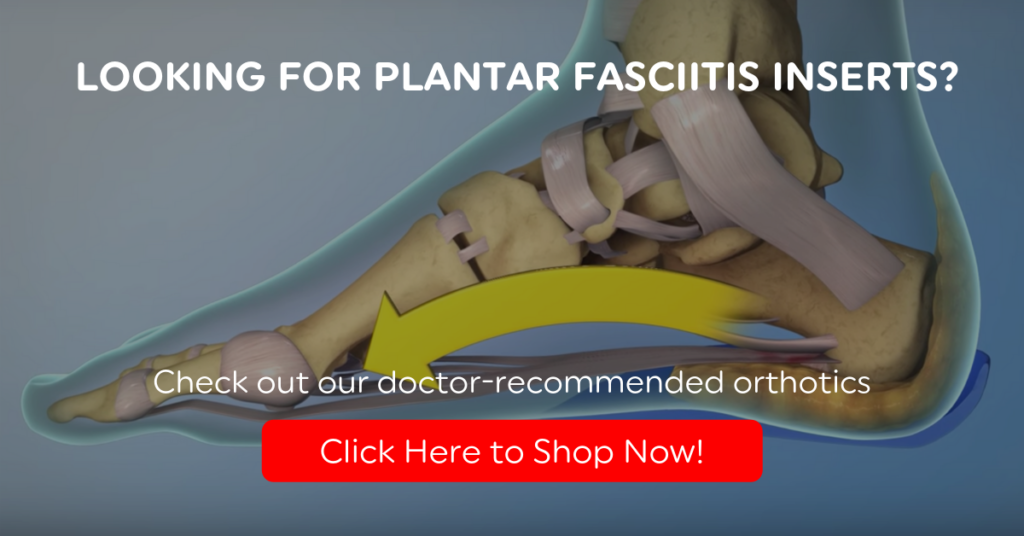
Deep wrinkles appear around the mouth and the cheeks develop “jowls”- sagging skin.
:max_bytes(150000):strip_icc()/GettyImages-1216146352-9898f1063d934311885775a559412adf.jpg)
The loss of the ridge bone brings your chin closer to the nose, causing your jaw to jut out and your nose appears to stick out further because your upper lip has puckered in. People who wear dentures can experience another severe consequence of bone loss: collapse of the lower third of their face. This is a primary cause of continual problems on getting dentures to fit, of sore spots and difficult or painful chewing. Every time you bite down or clench your teeth you are placing pressure on the ridge, resulting in its resorption. A large tumor in the face may require removal of the tumor and some of the jaw.ĭentures can accelerate bone loss by wearing away at the ridges of bone they are placed on.Bone can be lost through infection that damages the bone.Bone loss can also be caused by misaligned teeth, creating a situation where normal chewing doesn’t occur, causing loss of the needed stimulus to the bone.With no teeth in place, the air pressure in the sinus cavity can cause resorption of the bone lining the sinuses. Removal of the molars in the upper jaw can cause additional resorption of the bone due to expansion of the sinus cavity.
LASER ONE TOUCH BONE ON BONE FULL
Replacing teeth with full or partial dentures doesn’t solve the problem as the dentures exert a very small amount of chewing pressure on the bone compared to natural teeth, as low as 10% or less. These ridges atrophy both vertically and horizontally.


Alveolar bone forms the ridges in which the teeth are embedded. This bone loss occurs in the bone surrounding and supporting the tooth, known as alveolar bone.


 0 kommentar(er)
0 kommentar(er)
